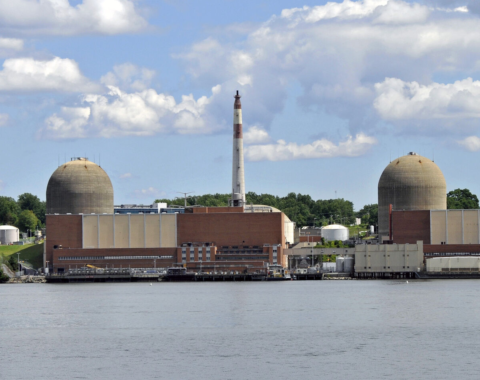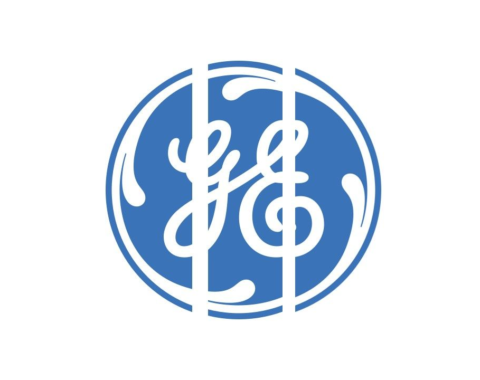The U.S. Nuclear Regulatory Commission (NRC) disclosed this week that four U.S. electric utility companies representing roughly 50% of the nation’s nuclear generation have formally asked the Commission to prepare to review the metallic fuel design of Lightbridge Corporation. In the letter NUFAB (Nuclear Utility Fuel Advisory Board) which comprise of Dominion, Duke Energy, Exelon and Southern Nuclear stated that they believe this fuel product provides opportunities to significantly improve safety and fuel cycle economics.
They advised the NRC that it could expect an application from Lightbridge in 2017 for use of fuel lead test assemblies in a U.S. pressurized water reactor as early as 2020 and intend to advise Lightbridge throughout its remaining, ongoing fuel tests and the regulatory review process.
Lightbridge is a nuclear energy company based in McLean, Virginia. The company develops proprietary next generation nuclear fuel technologies for current and future nuclear reactor systems. The benefits of Lightbridge’s fuel include:
• A 1,000°C reduction in average fuel operating temperature, compared to conventional uranium dioxide pellet fuel, resulting in dramatic safety improvements
• Improved heat transfer and fluid flow, increased structural strength, and improved performance during transients and accidents
• 10% more power and longer fuel cycles or up to 17% more power with the same fuel cycle length for existing pressurized water reactors (PWRs)
• Up to 30% more power with the same fuel cycle length for new build PWRs
• Increased revenue and improved profit margins for existing nuclear power units
• Lower total levelized cost per kilowatt-hour for new build reactors
• Increased competitiveness of nuclear power versus fossil or renewable energy sources



